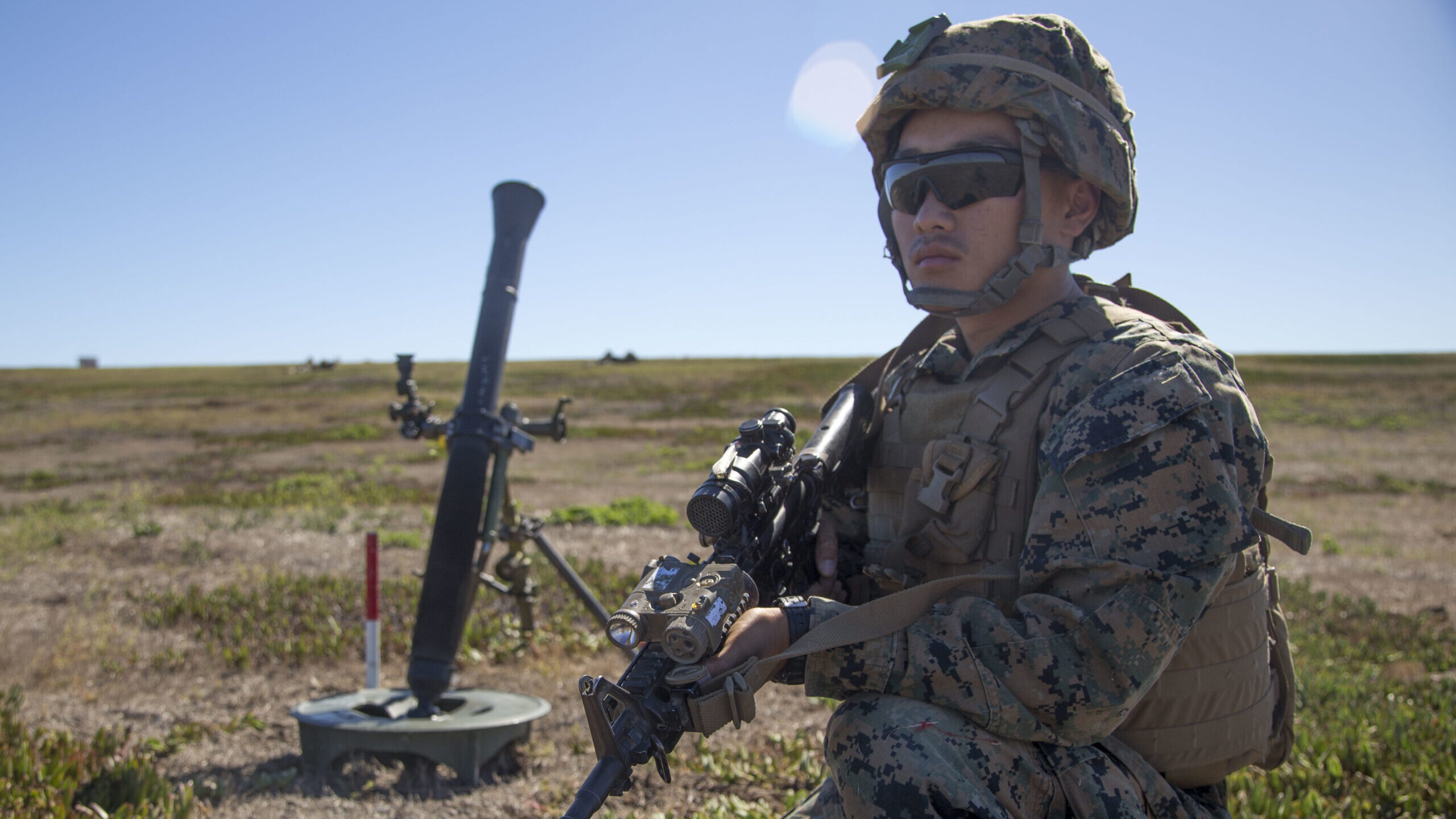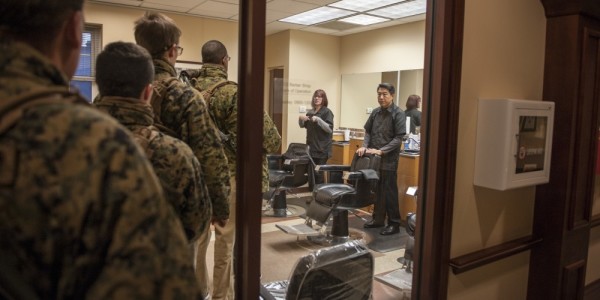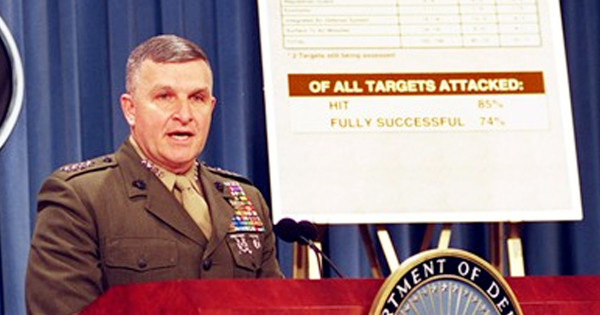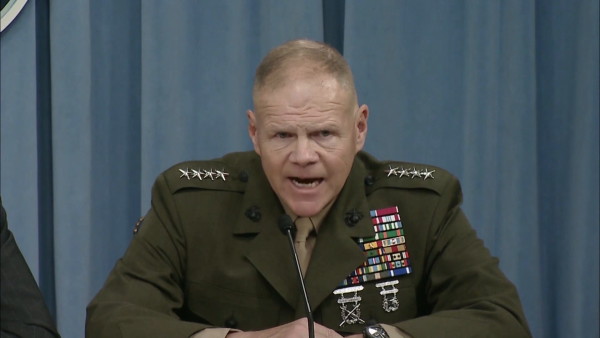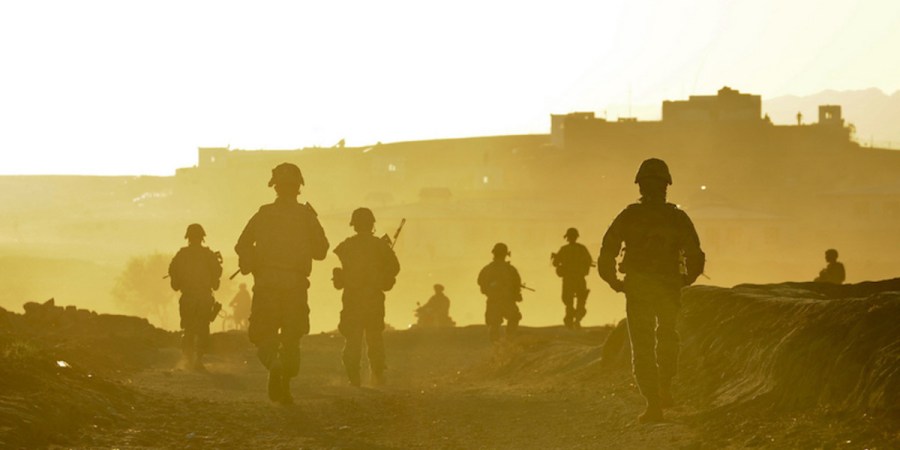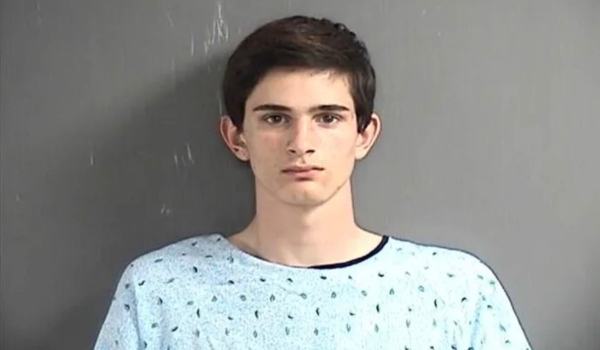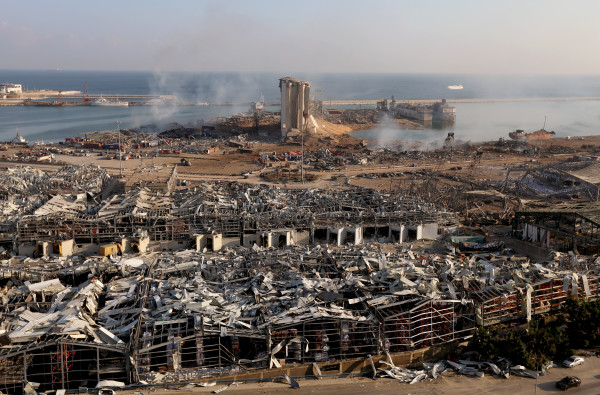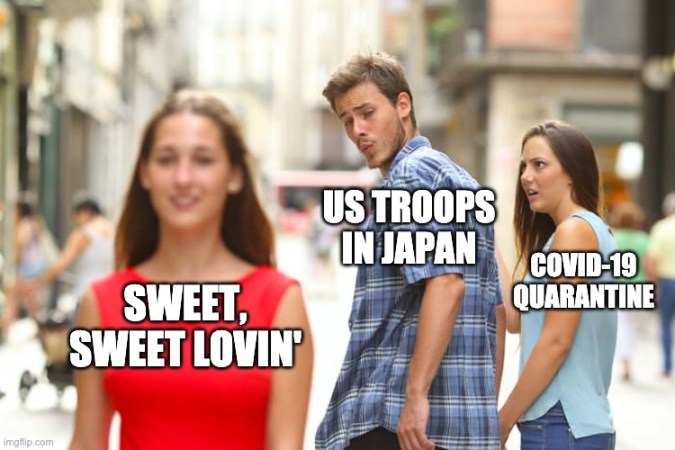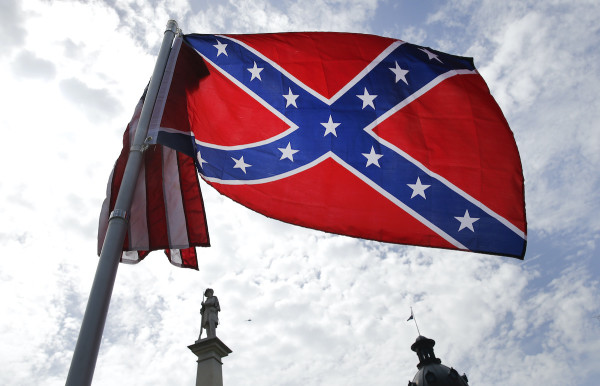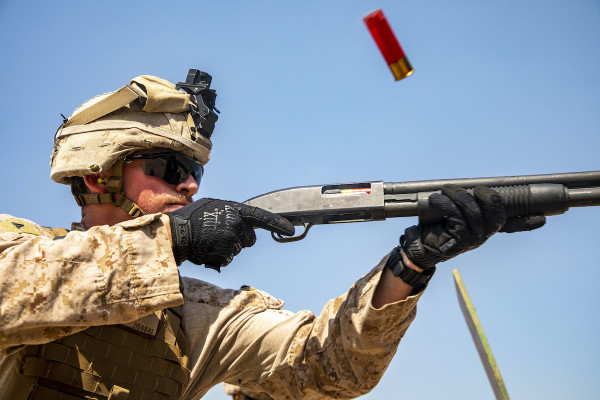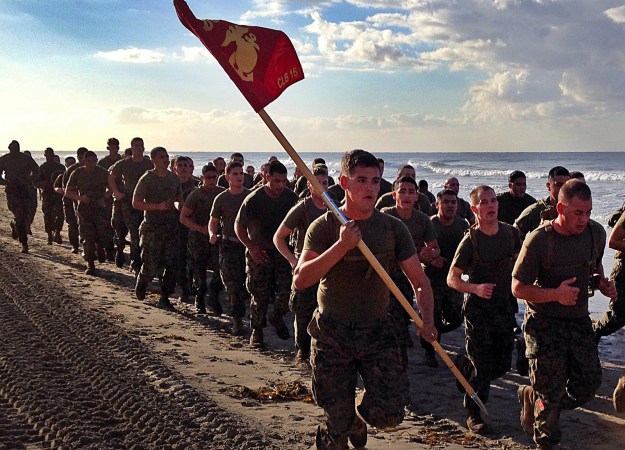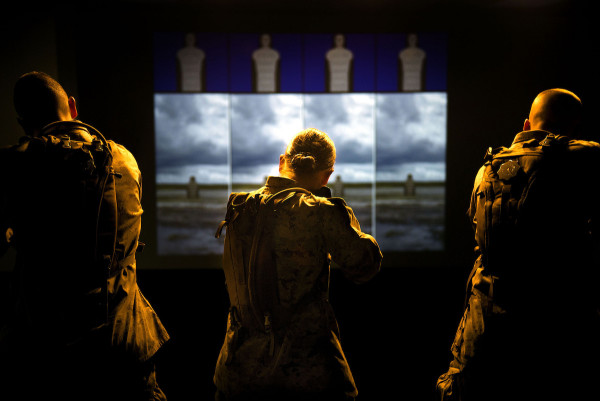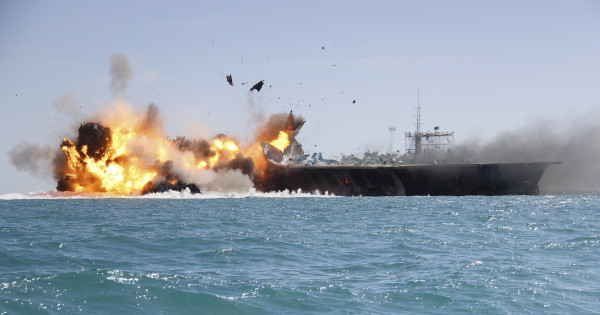By 2030, the Marine Corps will have fewer infantrymen in its ranks capable of closing with and destroying the nation’s enemies, fewer aircraft to protect them from above, and no tanks alongside them. Instead, as a result of a fundamental transformation that the Corps announced in March 2020, the service says it will become leaner, more agile, and “combat credible” after investing in high-tech sensors, long-range missiles, unmanned aircraft, and reorganizing its infantry “grunts” into small teams able to operate in austere locations while evading guided missiles.
This ongoing transformation is called Force Design 2030, and it is the Corps’ “latest effort to adapt, remain relevant, and outmaneuver” adversaries, officials say. That adaptation means the Corps will get back to its naval roots after decades of fighting in Iraq and Afghanistan, and focus on “strategically competing with China and Russia,” according to a report prepared for members of Congress.
“Based on a threat-informed, ten-year time horizon, we are designing a force for naval expeditionary warfare in actively contested spaces,” says Marine Commandant Gen. David Berger, the top Marine leader overseeing the initiative. “It will be purpose-built to facilitate sea denial and assured access in support of fleet and joint operations.”
First commissioned as an infantry officer in 1981, the 62-year-old led Marines in Haiti, Iraq, and Afghanistan before being named commandant in 2019. Days after taking over as the Corps’ top officer, Berger issued his commandant’s planning guidance and made clear he was shaking things up. Convinced that major change was needed after years of participating in naval and global war games, Berger said the service could not “afford to retain outdated policies, doctrine, organizations, or force development strategies,” and, like his predecessor, argued that the service was not properly organized or equipped to support the Navy.
“We must divest of legacy capabilities that do not meet our future requirements, regardless of their past operational efficacy,” Berger wrote.

But not everyone agrees. In fact, a group of over two dozen retired generals — including every living former commandant, according to Politico — are raising alarm over Berger’s overhaul in the hope that Congress provide further scrutiny. They question Berger’s assumptions, want a deeper study of his plan, and believe the Corps is heading in the wrong direction
This is not a “bunch of old guys that don’t know what they’re talking about,” retired Lt. Gen. Paul K. Van Riper told Politico. “We recognize that the Marine Corps has to make changes … what we want to see is these changes are based on thorough study and analysis, not just projections of what might be needed.”
Van Riper is one of four retired Marine generals who will discuss these changes at Task & Purpose this week. In a four-part series, these retired officers with decades of combat experience will outline their views, challenge the Corps’ conclusions, and publicly ask the question that many have wondered for years: Is Force Design 2030 a good thing?
Retired Gen. Anthony Zinni will set the stage by outlining the role of the Corps among the military services and throughout the world. Zinni, a Vietnam veteran who served 39 years in the Corps, will illustrate the current threat environment, explain the Marine Corps’ responsibilities, and raise “fundamental questions” regarding the operational character of the service in the future.
Read: What is the role of the Marine Corps in today’s global security environment? | by Gen. Anthony Zinni (Ret.)
Retired Lt. Gen. Paul Van Riper will spotlight changes to Marine ground forces while arguing that Berger’s plan to redesign the force will only end up breaking it. “Neither history nor the American people will judge the Corps’ actions as wise,” writes Van Riper, a 41-year Marine Corps veteran who received two Silver Stars for combat heroism during the Vietnam War.
Read: The Marine Corps’ plan to redesign the force will only end up breaking it | by Lt. Gen. Paul K. Van Riper (Ret.)
Retired Lt. Gen. Greg Newbold, the former director of operations for the Joint Chiefs of Staff, will critique the talent management policies that support Force Design, arguing that Berger’s plan forgets what makes the service unique and “threatens to change the ethos of the service.”
Read: The Marine Corps’ new talent management plan forgets what makes the service unique | by Lt. Gen. Gregory Newbold (Ret.)
Finally, retired Gen. Terry Dake, a former assistant commandant who flew helicopters in Vietnam and accumulated 6,000 flight hours in military aircraft, will argue that the reorganization will undermine the Corps’ aviation capabilities. “With this degradation, it isn’t just the Marines who will suffer, but the Nation itself when it comes to both conflict and deterrence,” he writes.
Read: The Marine Corps’ reorganization plan will cripple its aviation capabilities | by Gen. Terry Dake (Ret.)
Yet no matter who wins this debate, everyone involved can perhaps agree with Berger on one thing: “We cannot … get this wrong.”
Subscribe to Task & Purpose Today so you won’t miss this four-part series, along with the latest in military news, entertainment, and gear in your inbox daily.

